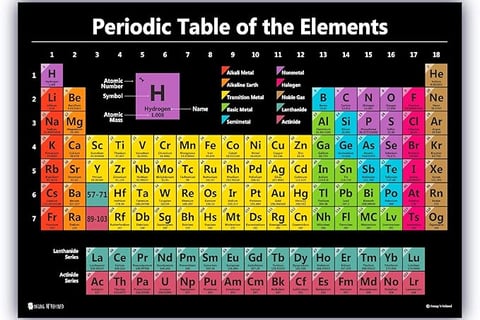Radon is a common, inert gas that poses a serious health risk. It is the leading cause of lung cancer among non-smokers, and the second leading cause of lung cancer overall. Approximately 22,000 people die each year in the US due to Radon exposures. Colorless and odorless, Radon is present throughout the U.S., and can only be detected through proper testing. At RadonProf.com, we can help you understand and prioritize home safety with our professional Radon measurement services. Our certified inspector utilizes advanced equipment to accurately measure current Radon levels in your home, or its potential, helping you decide whether Radon mitigation is useful to you.
Eastern Missouri and Western Illinois have some of the highest Radon potential in the United States. Every property is unique to the geology under it, but It is more likely that homes in this area will find elevated levels.
The U.S. Environmental Protection Agency (EPA) advises testing your home for Radon every two years. This is crucial since Radon can be present in any home, regardless of location, age, size, or type. No home is completely resistant to Radon exposure. A Radon test detects even low levels of Radon, helping you protect your health and lower the risk of lung cancer and other respiratory issues. If you have ever smoked, you are 9 times more likely to develop lung cancer than a non-smoker, given the same exposure to alpha radiation from Radon.
Radon is a Noble gas on the Periodic Table of Elements as Rn222. It is created during the natural decay process of Uranium, into Radium, and then into Radon. Radon's decay into Polonium218, causes the emission of alpha, beta, and gamma radiation, all of which are damaging. In this case, the real culprit here is alpha radiation. Alpha particles come into your lungs as Radon gas. These alpha radiation decay particles bond with lung tissue and cause a DNA, chemical and physical change in lung tissue that causes cancer. We know this through human observations throughout the world. Radon is common. It is held in the geology under your house and can come up through the foundation. Radon seeps into buildings through cracks and openings in the foundation. While its health risks are alarming, the good news is that high radon levels can be effectively reduced with proper cost-effective mitigation measures.
The US EPA Guidance for Radon levels in the country is to mitigate radon concentrations that are over 4 picocuries per liter of air in a given space. A picocurie is a very small amount that can do big damage. Radon mitigation is not difficult and in most cases, not expensive. Mitigation techniques are well understood and materials are common. They should be installed by a licensed installer. Many home environment contractors have one or two. They also know where to find them, as do we.
What is a noble gas on the Periodic Table?
On the periodic table, "noble" refers to the elements in Group 18, also known as the "noble gases," which are considered chemically inert or non-reactive because they have a full outer electron shell, meaning they rarely react with other elements, similar to how "nobility" implies a high status and minimal interaction with commoners.



